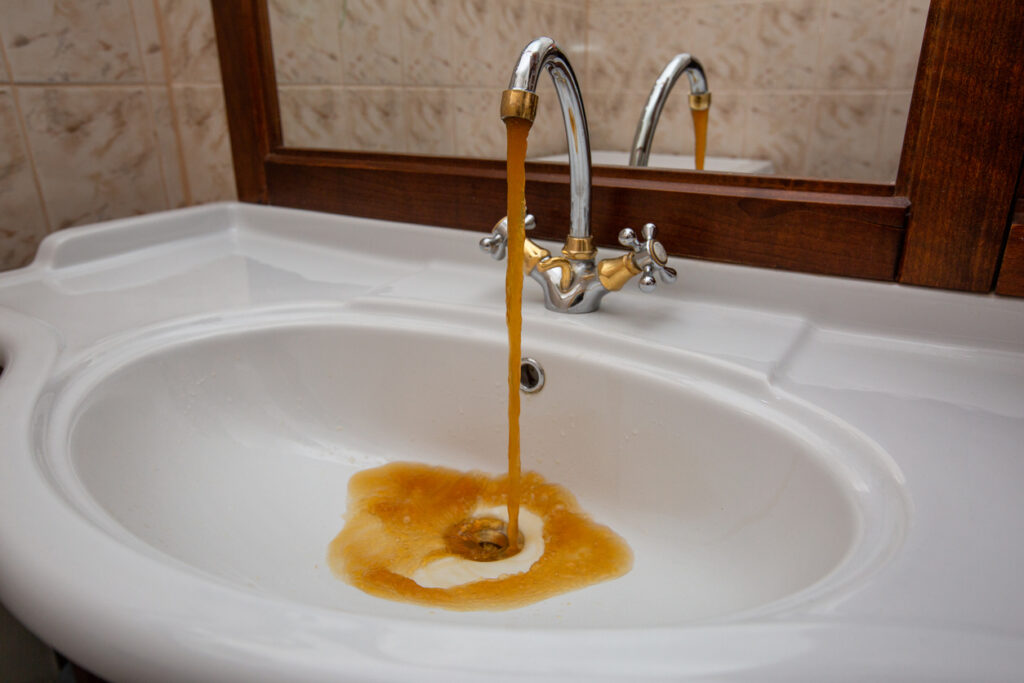If you have a private well on your property, you need to stay alert to the condition of the aquifer that supplies your water. If this underground supply of water drops to a lower level, your well may be ruined and your home or other buildings can actually be damaged.
First, you need to understand what an aquifer is. An aquifer is a body of porous rock or sediment that is saturated with water. It is similar to an underground lake or river except that the water is stored in rock. That water moves slowly through the rock or sediment, sometimes just feet per year. Water in an aquifer makes its way to the surface through springs and wells.
Your well reaches down to the aquifer. Water pools within your well and is pumped to the surface for your use. Heavy pumping for human, animal or agricultural use can deplete an aquifer. This means that the underground water level will drop. Shallow wells will no longer reach this water supply and bring up water.
Why a Lower Aquifer Can Damage Your Well
When the aquifer drops due to low replenishment from the rain and snow, wells in the area must get deeper and deeper to keep up with the decline. In some areas, groundwater available to wells has dropped hundreds of feet. In the Chicago area, groundwater levels dropped 600 to 800 feet between 1864 and 1980. In the Houston area, water levels have declined 400 feet due to water pumped out to support population and economic growth.
When a well no longer reaches the aquifer, water will stop pooling in the well. The household will begin to see the following signs:
- Water will become silty or sandy
- Air bubbles will come out of a faucet that is not aerated
- Water pressure will reduce
- Water quality deteriorates with more odor or smell
- Energy costs go up as the pump has to work harder
When these signs show up, it’s vital to have the well inspected. If the pump continues to run after water is out of reach, it can overheat or burn out.
Why a Dropping Aquifer Can Damage a Home
One of the most stressed aquifers in America is in California’s Central Valley. It is estimated that the land in the Central Valley has dropped as much as 30 feet since the 1920s because of the quantity of water pumped out of the aquifer. This phenomenon is called land subsidence.
In Corcoran, California, about 50 miles south of Fresno, the land is subsiding every year. Since 2006, the town has dropped more than 12 feet. Every year, the land in this area drops anywhere from a few inches to more than two feet.
As the land drops, it can damage buildings, wells, bridges, highways and aqueducts. At Edwards Air Force Base in Southern California, a fissure 12 feet deep and four feet wide opened up because of groundwater extraction. A runway at this base had to be abandoned. In Mexico City, uneven land subsidence has damaged homes in many parts of the city.
What Can You Do to Protect Your Well and Home?
Consult the U.S. Geological Survey or non-profit groups that monitor aquifer levels to determine the situation in your area. Well drillers in your area will also be familiar with any developing problems. But above all, don’t ignore signs that your well is struggling to find water.
The solution might be to extend the depth of your well. The well might also need to be moved to a new location where the aquifer is not so deep. A well inspection will give you the answer you need.
The solutions to land subsidence include developing ways to assist the replenishment of aquifers and to reduce the demand for water for agricultural, industrial and human use.
Accurate, professional well water testing is also essential. An annual test can help you identify changes in your well quality so you know as early as possible that a well inspection or repair may be needed. For fast, accurate testing, choose from our most popular water tests today.

